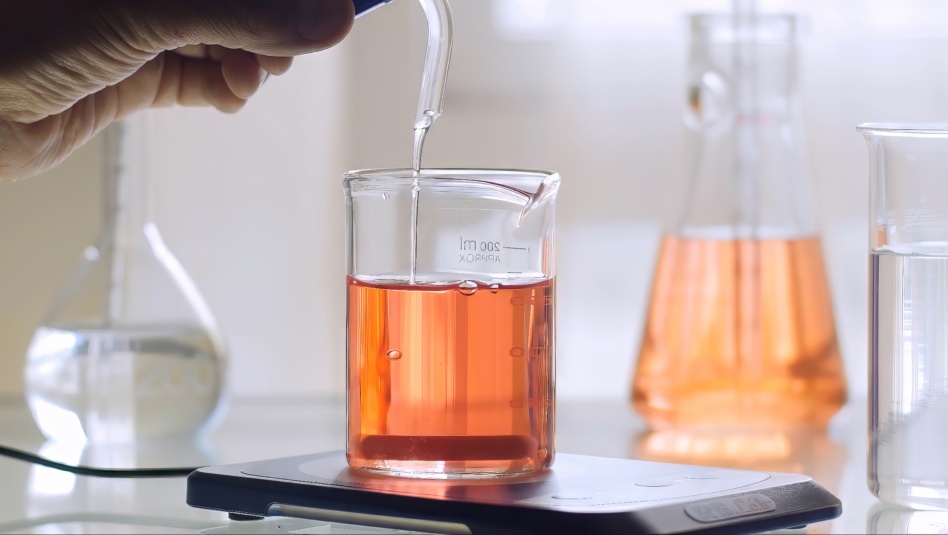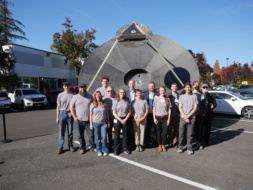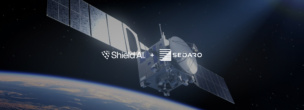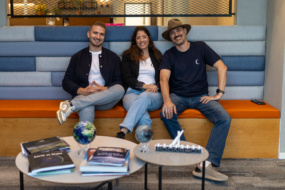Benchmark Space Systems won a two-year AFRL contract worth $4.9M to continue its development of cleaner-fueled propulsion systems for future government missions, the company announced today.
This award is the fourth Benchmark has won in as many years to develop ASCENT-based propulsion systems, bringing the total to $8.4M.
What is ASCENT? ASCENT (Advanced Spacecraft Energetic Non-Toxic) is a monopropellant developed by AFRL that offers users a few key benefits over hydrazine, which is one of the most common chemical propulsion fuels used on spacecraft today.
- Non-toxicity: Hydrazine is an extremely toxic fuel to handle. Companies today have to put in a lot of effort to ensure they handle the fuel safely—and the protective measures, including using specialty fuel tanks, hazmat-like suits, and clearing sites during fueling, all increase mission costs.
- Performance: ASCENT will allow for approximately 50% greater impulse density over hydrazine, meaning that ASCENT is both safer and higher performance than the current state-of-the-art.
- Made in the USA: While hydrazine is produced all around the world, ASCENT production is expected to be exclusively domestic, according to Benchmark CTO Jake Teufert.
The roadmap: Mastering ASCENT is no simple task. While Benchmark makes a variety of thrusters, none of which use hydrazine, it still had to completely redesign an engine architecture to get the most out of the new fuel.
“[ASCENT] burns very hot, much hotter than hydrazine. That’s a big challenge for lifetime for catalyst beds, and it’s been one of the obstacles that’s prevented ASCENT thrusters from hitting the kind of long duration mission life that’s really needed for the full class of civil, military and commercial missions,” Jake Teufert, Benchmark CTO, told Payload.
Benchmark’s solution removes the expensive catalyst beds from the equation. The result is that its ASCENT-fueled thrusters will ultimately be cheaper to produce at scale.
The company is also building out the complementary systems necessary to support ASCENT missions, including ground support equipment to provide pre-launch and on-orbit propellant loading capabilities.
What’s next: The company plans to deliver its first ASCENT 22 Newton Macaw propulsion system by 2026.
“This is one of those unique moments you have in an industry where you have a complete paradigm shift, and you get to shuffle the existing order. So, whoever really masters this and comes out of it with high-quality flight heritage products is going to win the next 30 years of in-space propulsion,” Teufert said.




